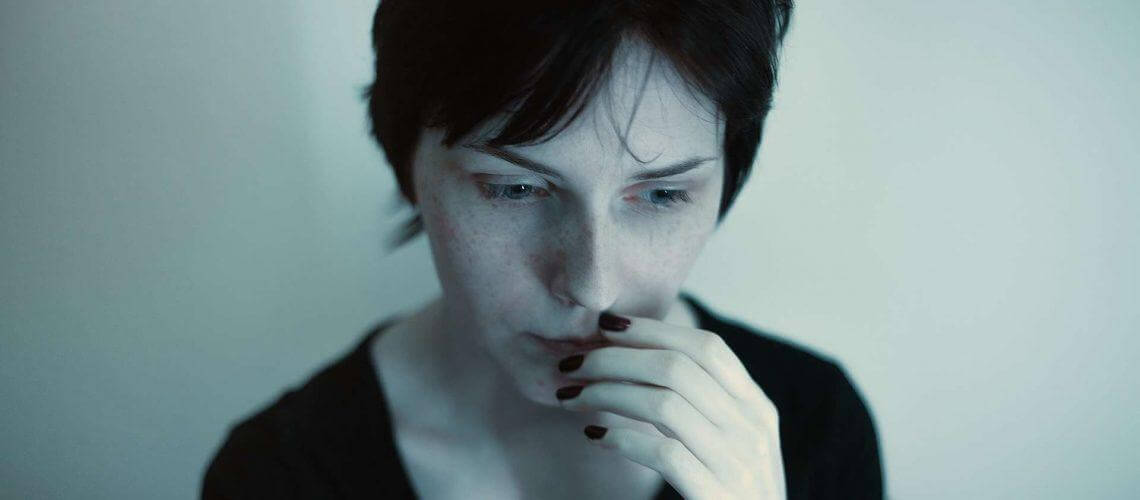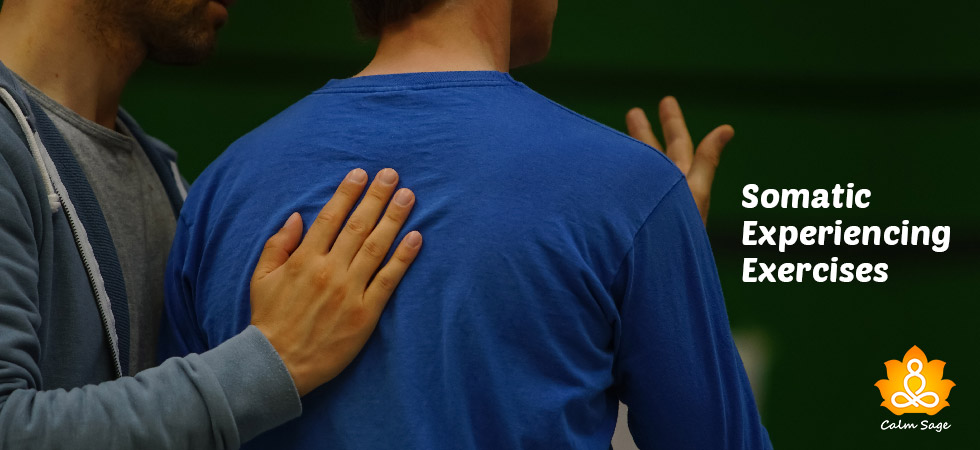Time To Face Your Fears: Learning About Exposure Therapy

We all have a fear of certain things or activities and because of that, we tend to avoid situations that will put us in the path of exposing ourselves to our phobias. But avoiding those situations can make our fear more prominent than ever. Exposure therapy helps to reduce the illogical feelings and fears a person develops for a certain thing or situation by exposing them to the different facets of their phobia.
For instance, if someone has arachnophobia – fear of spiders, then their therapist might suggest starting with something small such as asking them to picture a spider in their mind. These kinds of activities would help a person to learn how to cope with their fear and anxiety. After a few sessions, the therapist may advance to real-life exposure where a live contained spider will be placed in the same room as the patient.

The level of exposure therapy depends on a person’s fear. Some therapists might expose a person to a situation in their mind while others might use a real-life scenario for treating. Exposure therapy is helpful for various problems. Some of them are:
- Phobias
- Anxiety disorders
- Obsessive-compulsive disorder
- Post-traumatic stress disorder
- Trauma
Methods of Exposure Therapy:
There are several methods of exposure therapy and each method varies from fear to fear.
1. In Vivo

In vivo exposure treatment requires a confrontation of the object, place, or situation a person most fears. Under the guidance of a therapist, a person will be exposed to a real-life situation to help with reducing the fear of a particular object or situation. For example, a person who has social anxiety might be asked to speak in public.
2. Imaginal Exposure

During imaginal exposure, a person is asked to form an image in their mind of the object or memory they fear. Imaginal exposure works by vividly imagining a situation or activity in a safe setting. For example, A person with a traumatic experience might be asked to recall and describe in detail their experience and memory of that event. This method is usually effective with people with trauma and PTSD.
3. Interoceptive Exposure

Interoceptive exposure therapy is designed to assist people suffering from panic disorders. Under the guidance of a therapist, a person might be asked to intentionally bring forth physical symptoms such as shortness of breath and increased heart rate by exercising hence learning that these sensations are harmless.
4. Virtual Reality (VR) Exposure
VR exposure therapy uses technology that can be used in situations where in vivo exposure therapy isn’t feasible. For example, a person with a fear of flying might take a VR experience of flying on the ground with types of equipment that provide sound and sights of an airplane. This therapy is often a combination of in vivo and imaginal exposure.
5. Prolonged Exposure

Prolonged exposure is a combination of in vivo, imaginal, and interoceptive therapy methods. This therapy includes understanding the trauma, what methods to use, and learning how to control the reaction to a phobia by practicing it in the real world, and through talk therapy. Prolonged exposure is effective for people with PTSD and trauma as it helps to overcome anxiety over fears in time.
It is imperative to understand that people are not always confident to approach a therapist for exposure therapy as it brings forth the situations a person fears. Like all therapies, exposure therapy needs patience and commitment to confront one’s fear and phobias. Exposure therapy helps a person to control their reactions to situations or objects and help them feel confident enough to face their fears head-on.
Working with a trained therapist is set to guarantee a successful session. Before selecting the right therapy, you should always consult a professional first.
Dealing with painful and traumatic experiences needs vigour. Strength and courage depend on you and how you choose to face your fear.
Fear is a strong emotion but remember, on the other side of that fear lies freedom.





















Prolonged exposure sounds so fearful to me but I am sure it must be helpful.
Exposure therapy is one of the best methods to treat anxiety disorders.
Thanks for this post!! I really don't know about this therapy...........
Interoceptive Exposure sounds horrid. :(
the therapy name itself is self explanatory.. need to face our fears